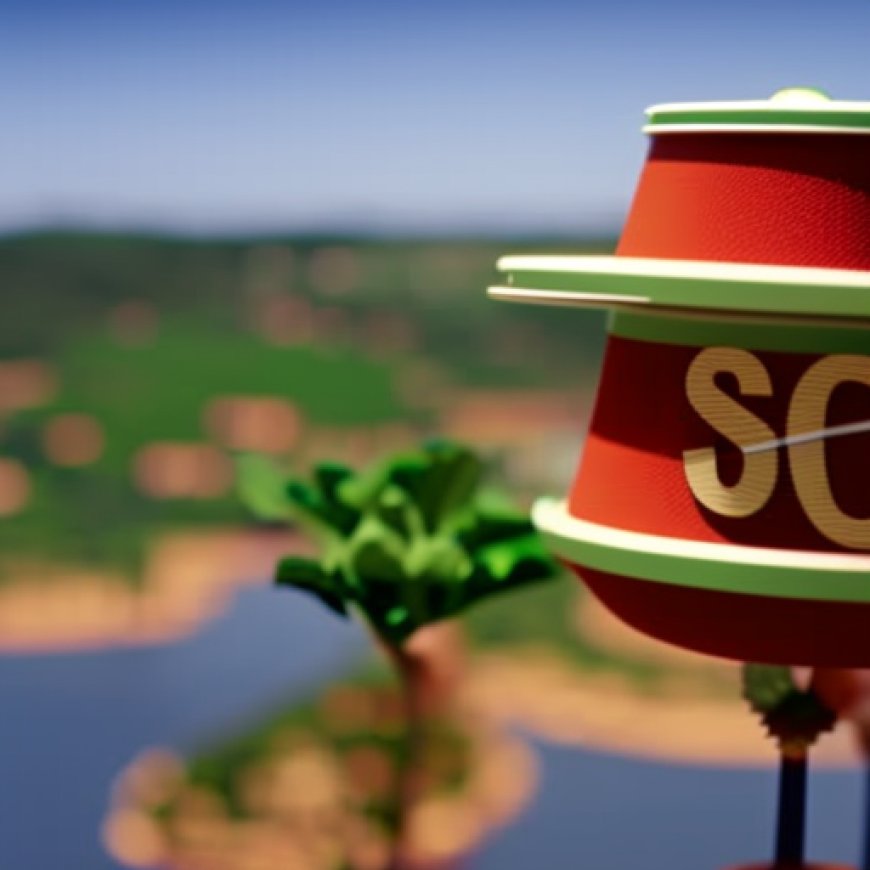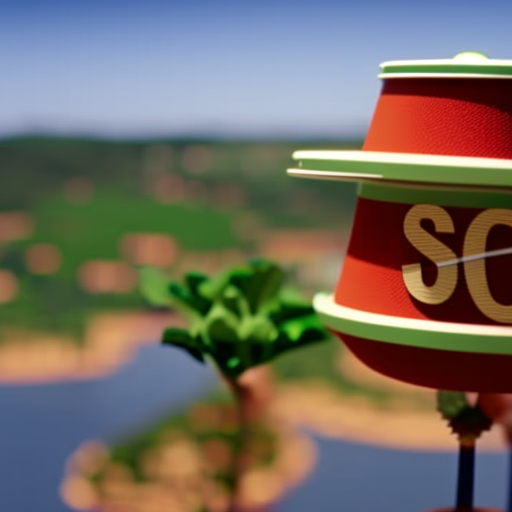Karnataka moves SC seeking direction to Centre to release funds for drought management
Karnataka moves SC seeking direction to Centre to release funds for drought management The Economic Times


Karnataka Government Seeks Financial Assistance for Drought Management

The Karnataka government has filed a petition in the Supreme Court, requesting the Centre to release financial assistance from the National Disaster Response Fund (NDRF) for drought management. The petition argues that the Centre’s failure to provide the necessary funds is a violation of the fundamental rights guaranteed to the people of Karnataka under Articles 14 and 21 of the Constitution.
Severe Drought Situation in Karnataka
The state of Karnataka is currently facing a severe drought, which is adversely affecting the lives of its people. For the upcoming Kharif 2023 season, a total of 223 out of 236 taluks (administrative divisions) in the state have been declared as drought-affected. Out of these, 196 taluks are categorized as severely affected, while the remaining 27 are moderately affected.
The agriculture and horticulture crop loss for the Kharif 2023 season has been reported to be more than 48 lakh hectares, with an estimated cost of cultivation loss amounting to Rs 35,162 crore.
Request for Financial Assistance
The Karnataka government is seeking financial assistance of Rs 18,171.44 crore from the Government of India under the NDRF. According to the Disaster Management Act, 2005, the Union of India is obligated to provide financial assistance to state governments in such situations.
The plea filed by the Karnataka government argues that the Centre’s denial of financial assistance for drought management is arbitrary and violates the statutory scheme of the Disaster Management Act, 2005, as well as the manual for drought management updated in 2020.
Delay in Decision-Making
Under the manual for drought management, the Centre is required to make a final decision on providing assistance to the state from the NDRF within a month of receiving the report from the inter-ministerial central team (IMCT).
However, despite the IMCT report and the comprehensive assessment of the drought situation in Karnataka, the Centre has not taken a final decision on providing financial assistance even after almost six months. This delay is deemed illegal, arbitrary, and a violation of the fundamental rights guaranteed under Articles 14 and 21 of the Constitution.
State’s Duty to Protect Fundamental Rights
The plea emphasizes that the state has a duty to protect the fundamental rights of its people, as guaranteed under Article 21 of the Constitution. Karnataka Chief Minister Siddaramaiah has stated that the state government was compelled to approach the Supreme Court due to the Centre’s inaction in releasing funds despite the severe drought situation.
SDGs, Targets, and Indicators
1. Which SDGs are addressed or connected to the issues highlighted in the article?
- SDG 1: No Poverty
- SDG 2: Zero Hunger
- SDG 6: Clean Water and Sanitation
- SDG 13: Climate Action
- SDG 15: Life on Land
2. What specific targets under those SDGs can be identified based on the article’s content?
- SDG 1.5: By 2030, build the resilience of the poor and those in vulnerable situations and reduce their exposure and vulnerability to climate-related extreme events and other economic, social, and environmental shocks and disasters.
- SDG 2.4: By 2030, ensure sustainable food production systems and implement resilient agricultural practices that increase productivity and production, that help maintain ecosystems, that strengthen capacity for adaptation to climate change, extreme weather, drought, flooding, and other disasters, and that progressively improve land and soil quality.
- SDG 6.4: By 2030, substantially increase water-use efficiency across all sectors and ensure sustainable withdrawals and supply of freshwater to address water scarcity and substantially reduce the number of people suffering from water scarcity.
- SDG 13.1: Strengthen resilience and adaptive capacity to climate-related hazards and natural disasters in all countries.
- SDG 15.3: By 2030, combat desertification, restore degraded land and soil, including land affected by desertification, drought, and floods, and strive to achieve a land degradation-neutral world.
3. Are there any indicators mentioned or implied in the article that can be used to measure progress towards the identified targets?
The article does not explicitly mention any indicators. However, some potential indicators that can be used to measure progress towards the identified targets include:
- Number of people affected by drought and receiving financial assistance
- Extent of agricultural and horticultural crop loss due to drought
- Amount of financial assistance requested from the National Disaster Response Fund (NDRF)
- Time taken by the Centre to make a decision on financial assistance
SDGs, Targets, and Indicators
| SDGs | Targets | Indicators |
|---|---|---|
| SDG 1: No Poverty | SDG 1.5: By 2030, build the resilience of the poor and those in vulnerable situations and reduce their exposure and vulnerability to climate-related extreme events and other economic, social, and environmental shocks and disasters. | – Number of people affected by drought and receiving financial assistance – Time taken by the Centre to make a decision on financial assistance |
| SDG 2: Zero Hunger | SDG 2.4: By 2030, ensure sustainable food production systems and implement resilient agricultural practices that increase productivity and production, that help maintain ecosystems, that strengthen capacity for adaptation to climate change, extreme weather, drought, flooding, and other disasters, and that progressively improve land and soil quality. | – Extent of agricultural and horticultural crop loss due to drought |
| SDG 6: Clean Water and Sanitation | SDG 6.4: By 2030, substantially increase water-use efficiency across all sectors and ensure sustainable withdrawals and supply of freshwater to address water scarcity and substantially reduce the number of people suffering from water scarcity. | – Number of people suffering from water scarcity |
| SDG 13: Climate Action | SDG 13.1: Strengthen resilience and adaptive capacity to climate-related hazards and natural disasters in all countries. | – Number of people affected by drought and receiving financial assistance – Time taken by the Centre to make a decision on financial assistance |
| SDG 15: Life on Land | SDG 15.3: By 2030, combat desertification, restore degraded land and soil, including land affected by desertification, drought, and floods, and strive to achieve a land degradation-neutral world. | – Extent of land affected by desertification, drought, and floods |
Behold! This splendid article springs forth from the wellspring of knowledge, shaped by a wondrous proprietary AI technology that delved into a vast ocean of data, illuminating the path towards the Sustainable Development Goals. Remember that all rights are reserved by SDG Investors LLC, empowering us to champion progress together.
Source: m.economictimes.com

Join us, as fellow seekers of change, on a transformative journey at https://sdgtalks.ai/welcome, where you can become a member and actively contribute to shaping a brighter future.







